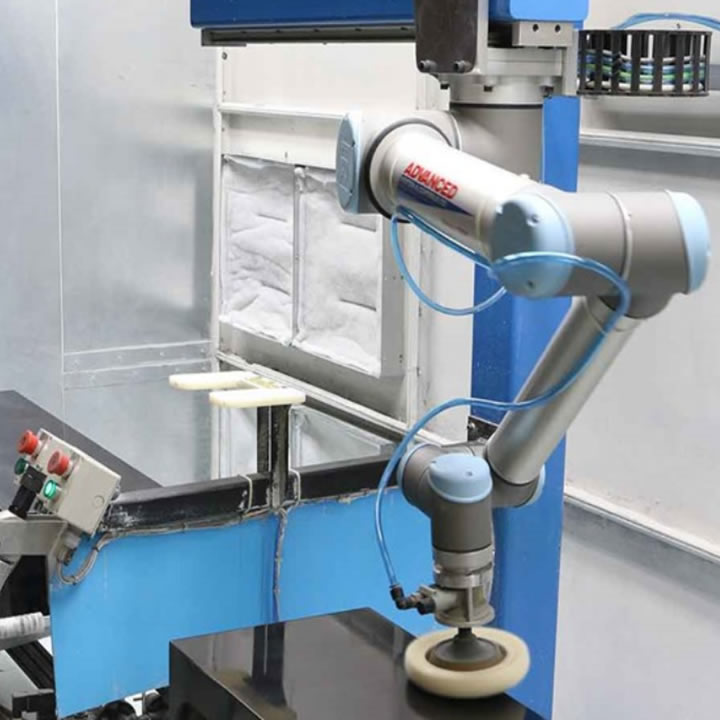Skilled labor shortages have led many industries to embrace robot workers. Most of the operations in manufacturing industries require specialized skills, which is challenging to get. Some production tasks like machine tending and quality inspection require trained staff.
People who are trained to handle such tasks are few. Getting such a team is an expensive affair. Universal robots are designed to handle almost all industrial tasks.
A single robot can perform a variety of functions that could have required several people to handle. Although the initial cost of purchasing a single robot is high, it is economical than engaging humans.
Types of Universal Collaborative Robots
There are four different types of Universal robots designed to suit different needs. These collaborative robots are:
- UR3 for small tasks
- UR5 for medium-sized plants
- UR10 that makes automation accessible
- UR16e for heavier tasks
Advantages of Using Universal Robots
There are numerous advantages of using UR cobots in production units. You will never regret engaging a robotic arm in your firm. Some of these advantages include:
1.Flexibility
Universal robots are designed to share a workplace with humans. Unlike the traditional robots that required safety measures, Universal Robots can work beside humans. The robots reduce their speed or halt their operation when a human being invades their work area.
Companies can also deploy robots to perform different tasks. A single robot can change from one job to the other within minimum downtime.
One robot can be used for all processes, from machine tending to quality inspection. This flexibility caters to the shortage of skilled workers. It also saves on time and money that you could have used to source human labor.
2. Precision
The collaborative robotic arm provides an advanced solution for pick-and-place precision. All industrial tasks require to be done with utmost precision to reduce wastage. Human workers always make errors when they are performing these tasks.
It is sporadic for a robot to make errors. In case an error occurs, the robots are programmed to redo the job, thus reduces wastage.
3. Efficiency
The universal robot increases efficiency. Using automated Universal robots in the assembly lines ensures that the company meets the growing demand. The overall production increases because the robots never get tired.
The quality of the finished products also improves. Quality products bring customer satisfaction. Satisfied customers will always come back or refer other people to your company. This will get more business and hence high returns.
4. Safety
UR robots can work alongside humans without causing any harm to them. Most of the robots take up limited space, which reduces the cost of floor space. The robots also take up tasks that can cause harm to humans, which increases workplace safety. Human employees can leave tedious and dull tasks to robots and focus on high-value tasks.
The Universal collaborative robots operate without security guards. UR robot’s safety system is approved and certified by The German Technical Inspection Association (TUV).
5. User-friendly
Universal robots are small in size and light in weight. They are also not complicated to operate because they are already pre-programmed. Models like UR10 are small and uses a small amount of space.
The robots are small in size, and thus they can be easily be carried from one production task to the other. The affordable cost of the Universal robots makes it friendly.
6. Easy Programming
Universal robots have patented technology that is easy to operate. People with no experience in programming can set up and use the robots in less than a day. The robots can be moved from one task to the other by a touch of a button.
UR cobots have multiple applications that allow them to move from one job to another without interfering with the production layout. This automated change-over makes the production process fast and easy.

